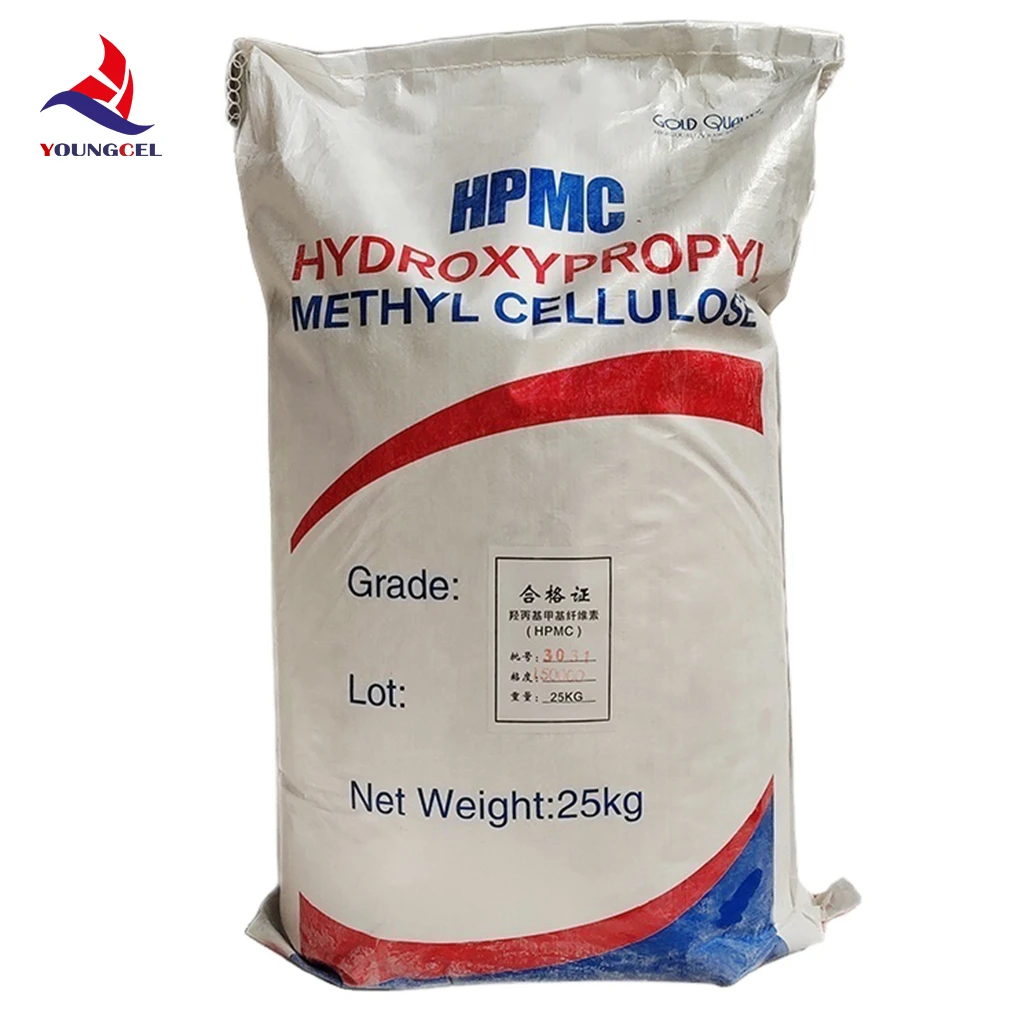Understanding Building Adhesives Types, Applications, and Benefits
Building adhesives play a crucial role in construction and renovation projects. They are formulated to bond a variety of materials, including wood, metal, plastic, and ceramics, providing structural stability and integrity. This article will explore the different types of building adhesives, their applications, and the advantages they offer.
Types of Building Adhesives
1. Polyurethane Adhesives These are versatile adhesives known for their strong bonding capabilities. They are resistant to water and chemicals, making them ideal for both indoor and outdoor applications. Polyurethane adhesives are often used for bonding wood, metal, and composite materials.
2. Epoxy Adhesives Comprising a resin and a hardener, epoxy adhesives create extremely strong bonds. They are typically used in heavy-duty applications, such as construction and automotive repairs. Epoxy is known for its durability and resistance to harsh environmental conditions.
3. Acrylic Adhesives These adhesives have excellent clarity and can bond a wide variety of substrates. They are commonly used in applications requiring a clear finish, such as glass bonding. Acrylic adhesives provide good weather resistance, making them suitable for outdoor use.
4. Silicone Adhesives Silicone adhesives are flexible and resistant to extreme temperatures, which makes them an ideal choice for sealing and bonding applications in areas exposed to moisture. They are often used in bathrooms, kitchens, and other environments where waterproofing is essential.
5. Contact Adhesives These adhesives require application to both surfaces before joining. Once the surfaces make contact, a strong bond is formed almost instantly. Contact adhesives are particularly useful for laminates and veneers, as they provide a durable bond with minimal mess.
Applications of Building Adhesives
building adhesive

Building adhesives are utilized in various sectors, including residential, commercial, and industrial construction. They are commonly employed in
- Woodworking Adhesives are used for laminating, assembling furniture, and cabinetry, delivering strength and stability to wooden structures. - Flooring Installation Different types of adhesives are essential for installing carpet, hardwood, and tiles. They help to ensure long-lasting performance and prevent warping or lifting.
- Roofing Systems Many roofing materials require special adhesives to bond waterproof membranes and structural elements, enhancing the durability of the roofing system.
- Concrete and Masonry Adhesives are also used to bond concrete blocks and bricks, providing a strong architectural bond that contributes to the overall integrity of structures.
Benefits of Building Adhesives
The use of building adhesives offers numerous advantages. They often provide a cleaner alternative to mechanical fasteners, such as screws and nails, helping to maintain a sleek appearance in finished projects. Building adhesives also distribute stress evenly across a joint, reducing the likelihood of structural failure.
Moreover, many modern adhesives are formulated to be environmentally friendly, containing fewer volatile organic compounds (VOCs) compared to traditional adhesives. This is an important consideration in today’s construction industry, where sustainability is a growing concern.
In conclusion, building adhesives are indispensable to modern construction and renovation projects. With various types available for specific applications, they offer enhanced bonding capabilities, durability, and aesthetic benefits, making them a preferred choice for builders and contractors worldwide. Choosing the right adhesive can significantly impact the success and longevity of a project, highlighting the importance of understanding the properties and uses of these essential materials.
-
The Application and Significance of Construction RdpNewsMay.19,2025
-
Industrial Grade HpmcNewsMay.19,2025
-
Building Coating Adhesive Building Coating Adhesive HpmcNewsMay.19,2025
-
Application Of Hpmc For Detergent For Detergent In DetergentsNewsMay.19,2025
-
Application Of Hpmc Cellulose In Cement-Based MaterialsNewsMay.19,2025
-
Application Of High Quality Hpmc For Construction In The Field Of ConstructionNewsMay.19,2025




